Baking powder vs baking soda... what is the difference between the two? Learn everything you need to know about the two and become a better baker because of it!
Do you ever find yourself mixing up the baking soda and baking powder? Or having one, but not the other, then wondering if you can just switch them out? They may both look the same and smell the same... and they react very similarly within your baked goods, but they are not the same and cannot be used interchangeably in your recipe.
Here you will learn the differences with baking soda vs baking powder so you can bake with confidence!
Baking soda aka sodium bicarbonate is a base.
Quick note: Okay, so remember in science class we learned about bases and acids and pH levels. Bases are on the higher end and include baking soda and soap. (The other end contains acids and right in the middle is water which is neutral.)
Baking soda reacts when combined with a liquid and acid such as sour cream, buttermilk, or citrus juices. This is why you see elementary science classes mixing vinegar and baking soda together to watch the bubbles go crazy - and sometimes even blow up balloons - or erupt homemade volcanoes.
It neutralizes the acidity a bit and also creates carbon dioxide which lifts up your batter by creating tiny bubbles inside your cakes and cookies. This reaction begins the moment baking soda touches your liquid ingredients, which is why you cannot leave your mixed batter sitting around. You must bake your recipe immediately after mixing together your batter or else you won't get as much rise.
Baking soda also promotes browning. It can also give a small amount of rise in your baked goods when heat is applied even if there is no acid, however, the acid is essential to neutralize the baking soda and you will be left with a metallic and even soapy taste without it.
You can use roughly ¼ teaspoon of baking soda per 1 cup of all-purpose flour.
Baking powder does contain baking soda, but it also has an acidic element - usually cream of tartar.
Often, it also contains cornstarch to keep the powder dry. Since baking powder contains sodium bicarbonate/baking soda, plus an acid or two, it is mostly used with recipes with little to no natural acidity such as those that use whole milk or Dutch-processed cocoa powder.
There are two types of baking powder: single acting and double acting. Since double-acting baking powder is what you typically find in grocery stores (and is what most recipes call for), this is the type I am referring to within this post.
Double-acting baking powder has two types of acids that react within your baked goods. The first reacts the moment you combine the baking powder with your liquid ingredients. The second only reacts when heated to above 120 degrees F. Since baking powder reacts to heat as well as liquid, you can leave your batter to sit for a little before you bake it.
Most baking powders use aluminum sulfate as its second acid. I highly recommend using aluminum-free baking powder as it can leave a slightly metallic taste to your baked goods. Just look at the labels. (Two of my favorite brands are Trader Joe's and Bob's Red Mill - no I'm not being paid to say that, but these are affiliate links)
You will need roughly ¾ - 1 teaspoon of baking powder per 1 cup of all-purpose flour.
Can I substitute Baking Powder for Baking Soda and Vice Versa?
Short answer: Yes. Accurate (longer) answer: Ehhh.... it depends on the recipe and the amount of acidity in it. Read on...
Using Baking Powder Instead Of Baking Soda
You need 2 - 3 times more baking powder than baking soda to get the same rise. So if your recipe calls for 1 teaspoon of baking soda, you will need 2 (ideally 3) teaspoons of baking powder. But by doing this, you can potentially affect the taste of the final product.
Using Baking Soda Instead of Baking Powder
If you remember the ingredients I said were in baking powder, you should already know that you can create a fairly good replica of baking powder at home. Simply mix baking soda with cream of tartar.
You will need 2 teaspoons of cream of tartar for every 1 teaspoon of baking soda for a ratio of 2:1. With this homemade baking powder mix, you do not need to make any adjustments to the amount of baking powder called for in the recipe. So if the recipe calls for 1 teaspoon of baking powder, use 1 teaspoon of your baking powder mix.
Why Do Some Recipes Use Both?
Basically: because there isn't enough acid to react to the baking soda to create the bubbles you need for good lift in your finished product. You need to balance the acidity and chemical reaction to get the right texture and taste - no soapy muffins over here!
How Do I Know If My Baking Soda/Powder Is Still Good?
Both baking soda and baking powder are best used within six months (ignore what the packaging says, trust me). After that, it loses its potency and will not provide you with much rise. To make sure you observe these time limits, I recommend buying the smaller containers of baking powder and baking soda. Write the date you open each onto the container to keep track of its age.
You can do a quick test to see if your baking powder and baking soda are still good.
Baking Powder
Mix 1 teaspoon of baking powder with ⅓ cup hot water. You should see lots of bubbles. If not, replace it.
Baking Soda
Mix ¼ teaspoon of baking soda with a few drops of vinegar. It should bubble a ton (to the point where it looks white/froth-like). If it doesn't, replace it.
Now we all know a bit more about baking soda vs baking powder, let's start baking!

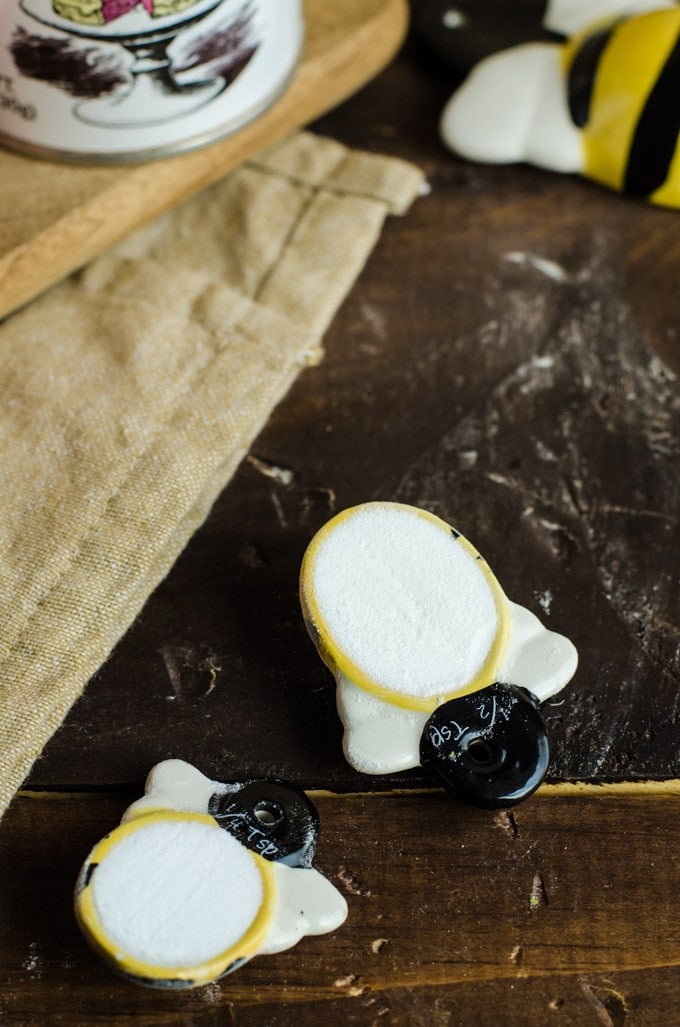
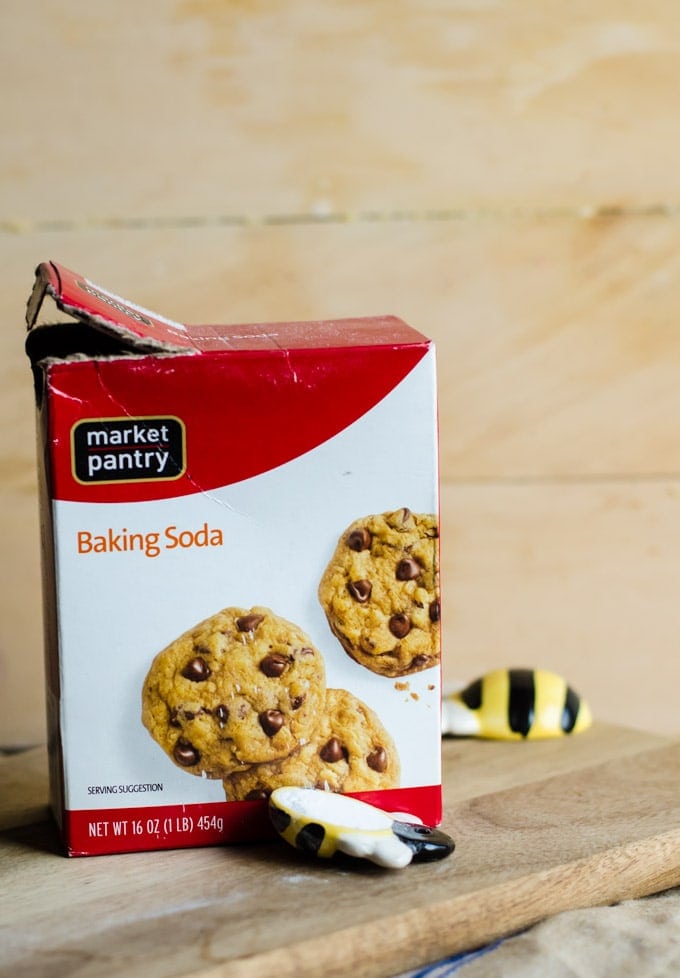
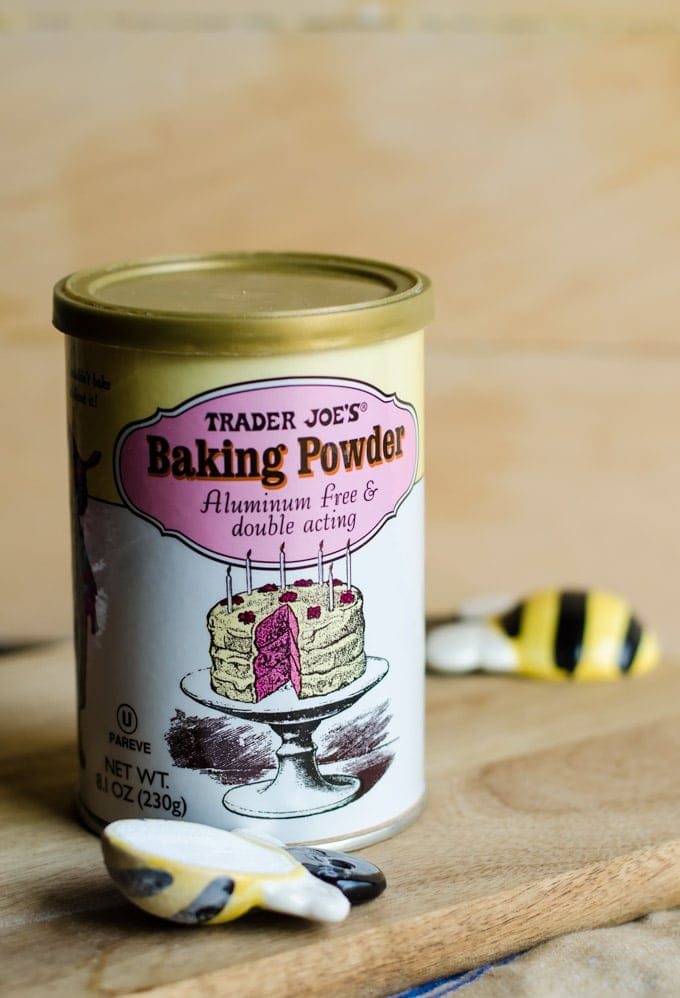
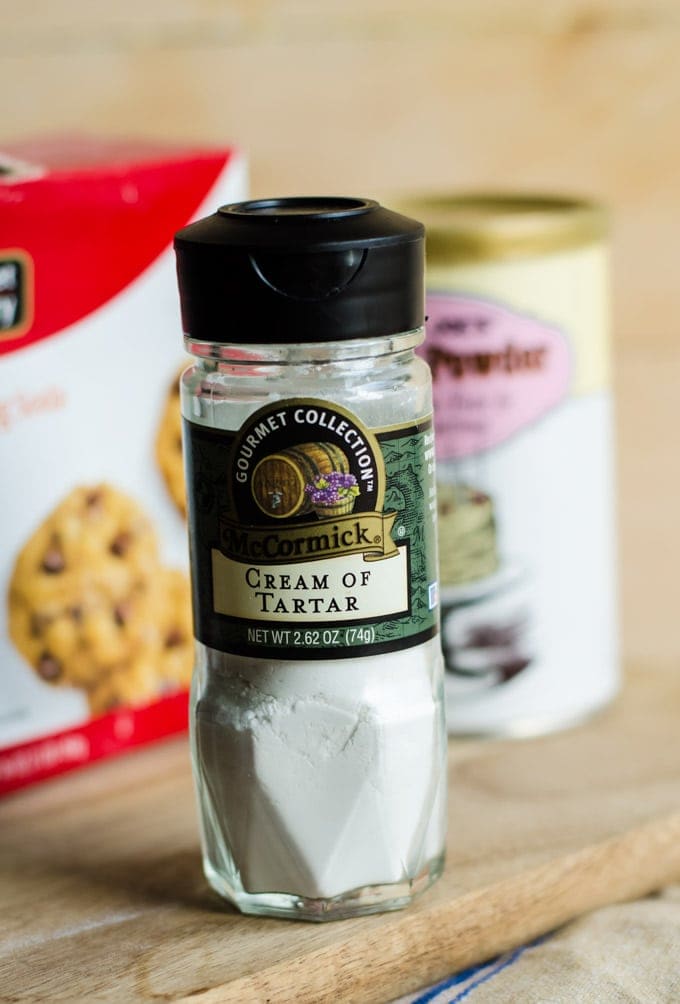
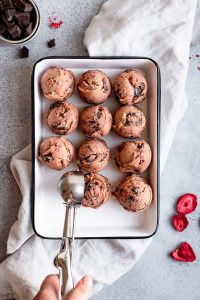
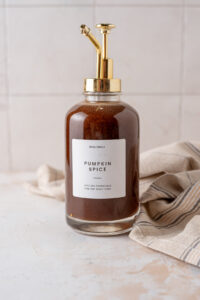
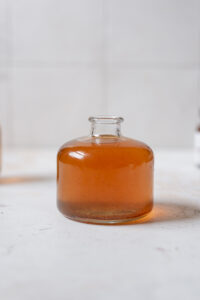
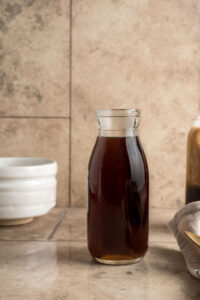
Luz Marina says
It's one of the most usefull, acurate and well written post about chemistry in the kitchen.
Congratulations and thank you very much.